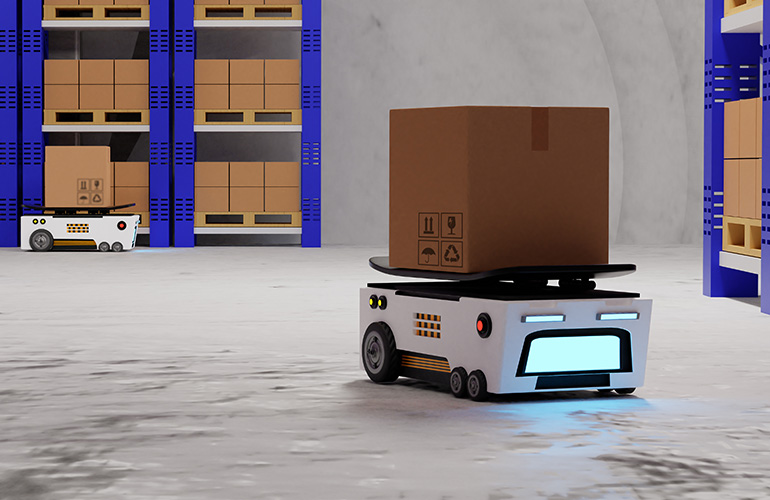New AMR safety standard available with release of ANSI/A3 R15.08-2

The new American National Standard for Industrial Mobile Robots – Safety Requirements Part 2: Requirements for IMR system(s) and IMR application(s) is now available. This document is part 2 of a planned 3-part document series on the safety of industrial mobile robots (IMR). Part 1 defines what an IMR is, along with a number of terms and definitions that are useful in creating a common terminology for the industry.
It is also the first time that there is a definition of the safety considerations for mobile manipulators, or robotic systems in which an arm and gripper are mounted on a movable base.
This document outlines the safety requirements that are specific to the adaptation of IMR systems for particular applications and their subsequent deployment at specific sites. Part 3, which will also be published independently, will outline the user requirements of the safe operation of IMRs and IMR systems.
The manufacturer and integrator each should furnish the user of the IMR and IMR system with pertinent information for its proper utilization. The purpose of providing this information and instructions is to ensure that users possess the requisite knowledge to safely operate the equipment provided to them. The responsibility for developing training and implementing safe work practices based on the information for use lies with the user of IMRs and IMR systems.
Note that when a user modifies the IMR or IMR system provided by the original supplier, they assume the role of a manufacturer or integrator and are explicitly responsible for adhering to the relevant sections of this document.
As described in part 1, there are three types of IMRs:
- IMR Type A: AMR without any attachments. Such platforms consist of the mobile platform, alone, and are typically intended to be used as the basis for an IMR Type B or C.
- IMR Type B: AMR with either passive or active attachments, excluding manipulators. Such active attachments can include roller tables, conveyors, and linear lift devices (e.g., picking attachments).
- IMR Type C: IMR constructed from an AMR or an AGV as a mobile platform with a manipulator as the attachment.
This part 2 document is for IMR system integrators and goes into detail about the risk assessment for the system being deployed onto an end-user facility. In general, the document defines that the risk assessment shall be performed by the IMR system integrator. The risk assessment shall be in accordance with ANSI/ISO 12100 or ANSI B11.0. Risks associated with the IMR system shall be reduced to an acceptable level. Residual risks associated with the expected use and misuse of the IMR system shall be identified in the information for use.
If you are integrating mobile robotics solutions in your own organization or for a client, then you are encouraged to familiarize yourself with this documentation and to follow the risk assessment recommendations within the document. They should be considered best practices for the industry.
This is the single most important document outlining all of the safety considerations when integrating and deploying IMRs and is a “must-read” for system integrators and clients alike. End-users deploying IMRs in the U.S. must insist on R15.08-2 compliance from their integration partners.
You can purchase your own copy of the documentation here: https://www.automate.org/store/products/new-part-2-ansi-ria-r15-08-1-2023-american-national-standard-for-industrial-mobile-robots-safety-requirements-part-2-requirements-for-imr-system-s-and-imr-application-s-pdf
The post New AMR safety standard available with release of ANSI/A3 R15.08-2 appeared first on The Robot Report.
from The Robot Report - Robotics News, Analysis & Research https://ift.tt/1jWHC9N
via artificialconference

Comments
Post a Comment